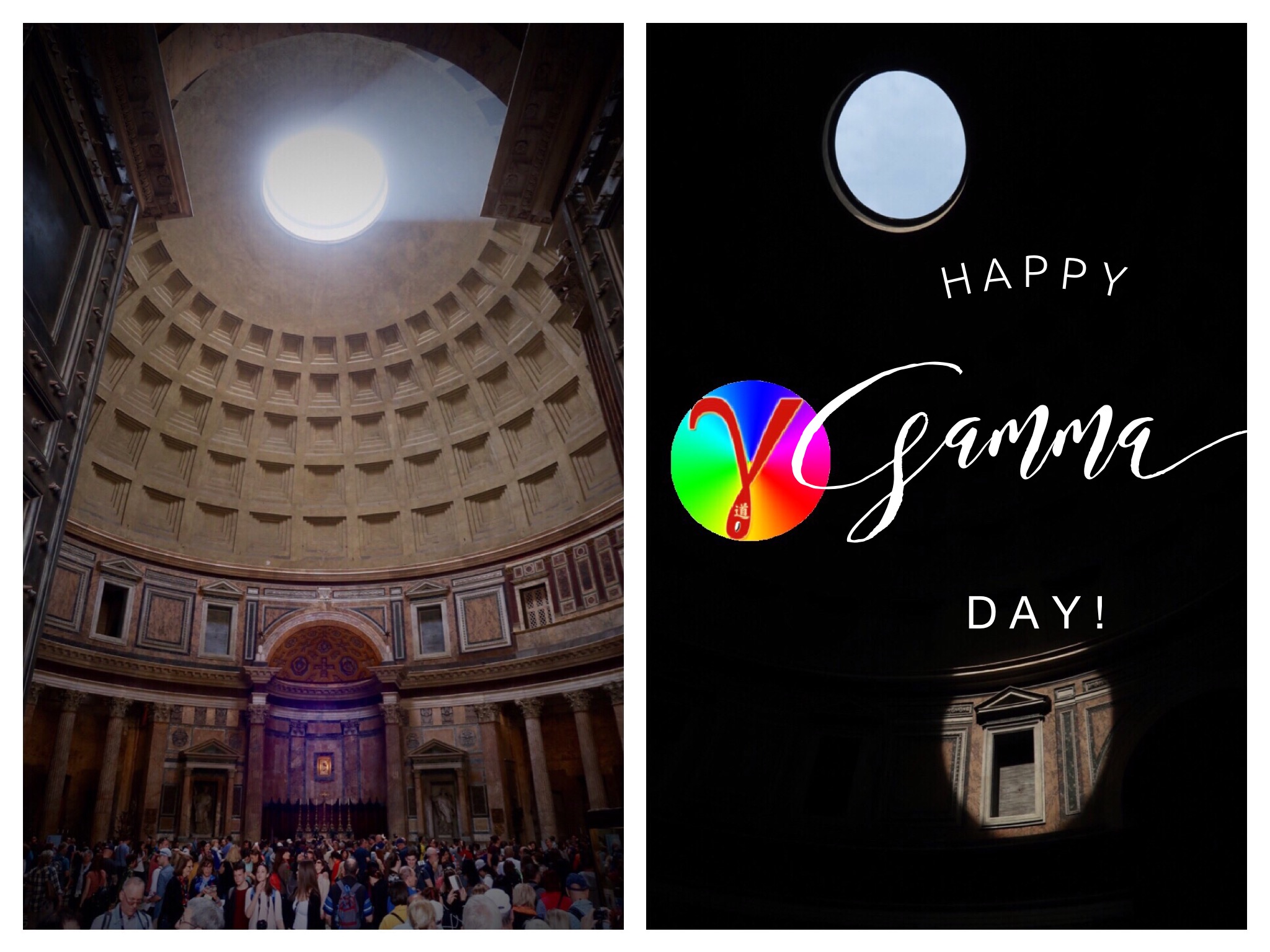The Pantheon in Rome is one of my favourite places in the world. The name of the temple stems from the Greek word Πάνθειον, “[temple] of all the Gods”.
The Panheon remained intact through the centuries because in the Middle Ages it was consecrated into a Christian church.
Next to the tombs of two Italian kings, Vittorio Emanuele II and Umberto I, it contains the remains of the Renaissance artist Raffaele Sanzio who painted among many other masterpieces the famous fresco The School of Athens in Vatican palace.
The inscription on his sarcophagus reads: “Ille hic est Raffael, timuit quo sospite vinci, rerum magna parens et moriente mori”, meaning: “Here lies that famous Raphael by whom Nature feared to be conquered while he lived, and when he was dying, feared herself to die.”
These words make me reflect on the present relation between mankind and nature.
The cupola of the Pantheon was the biggest in the world for more than thousand years.
The Pantheon has a hole in the top, the oculus to the sky, that lets both the sunshine and the rain in.
For me this building is a monument for open mindedness.
